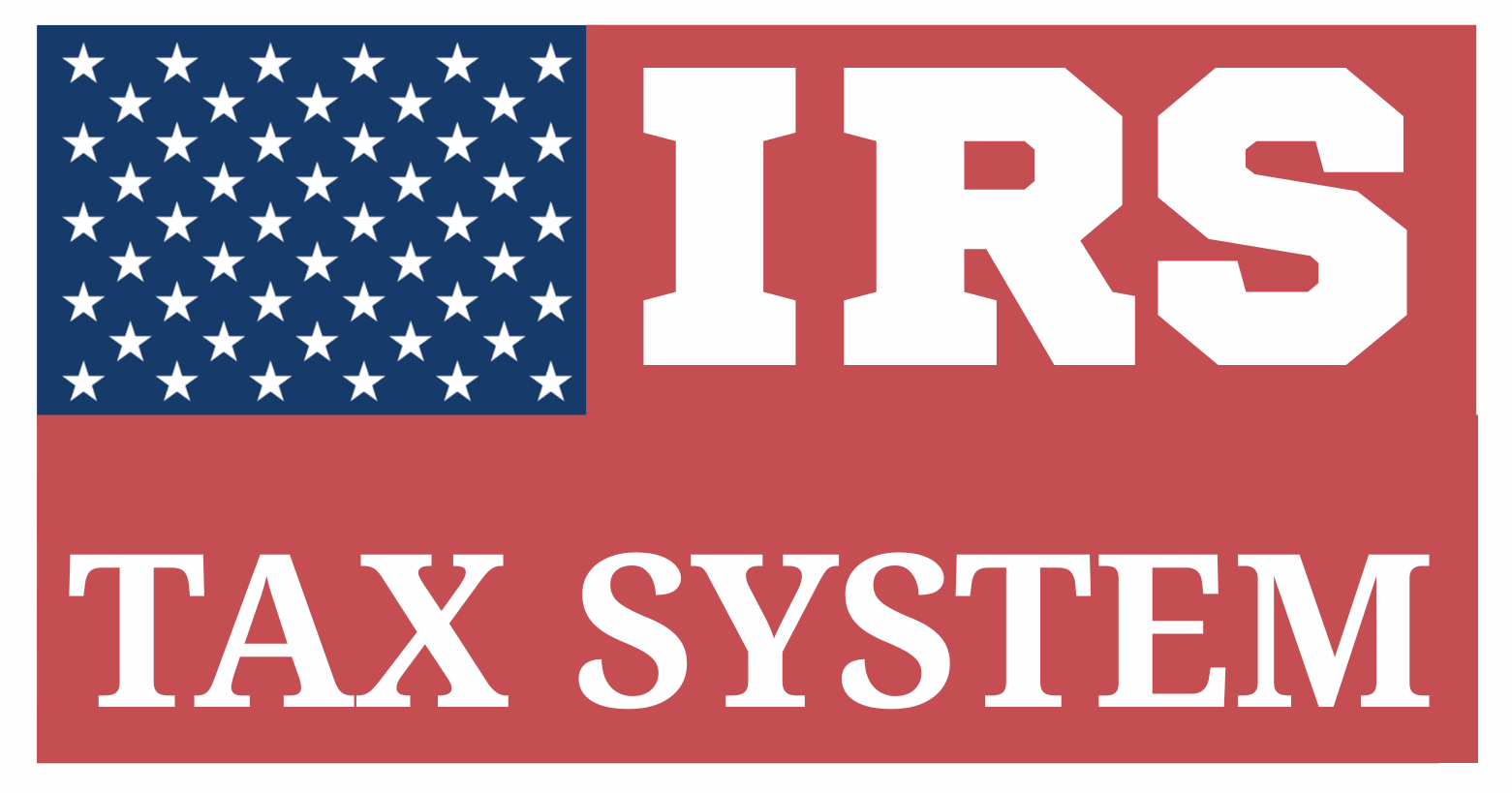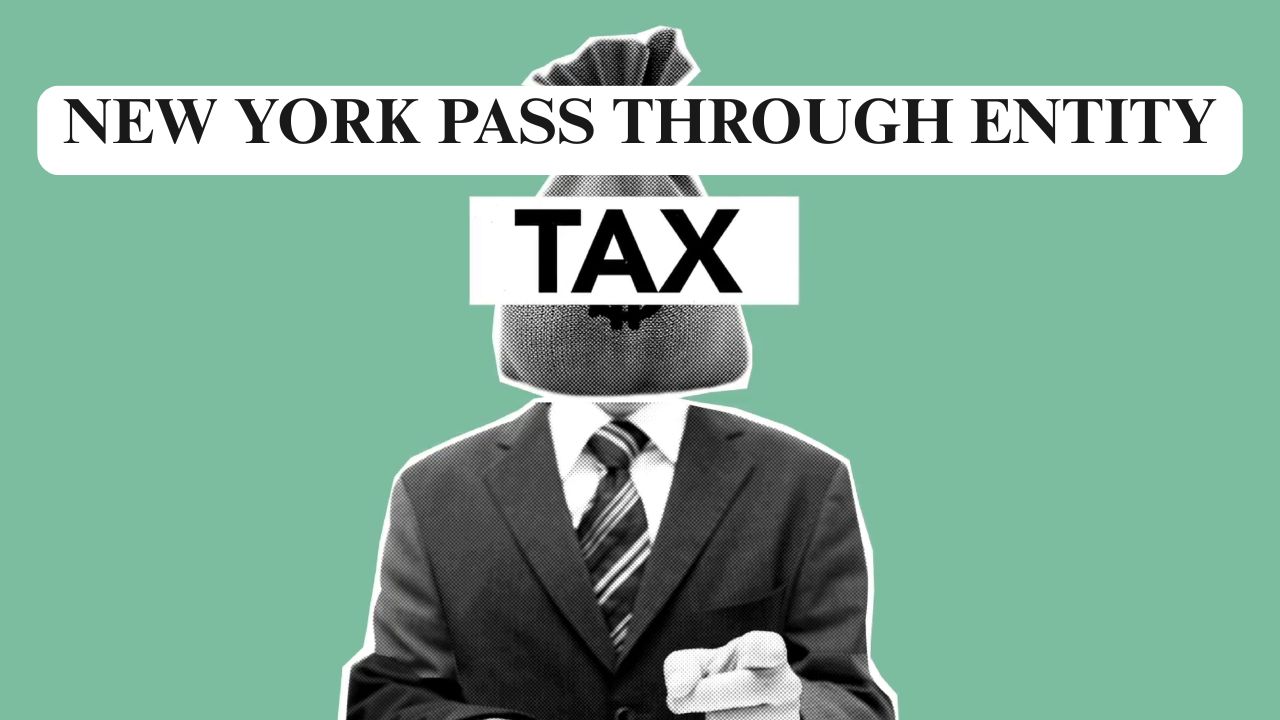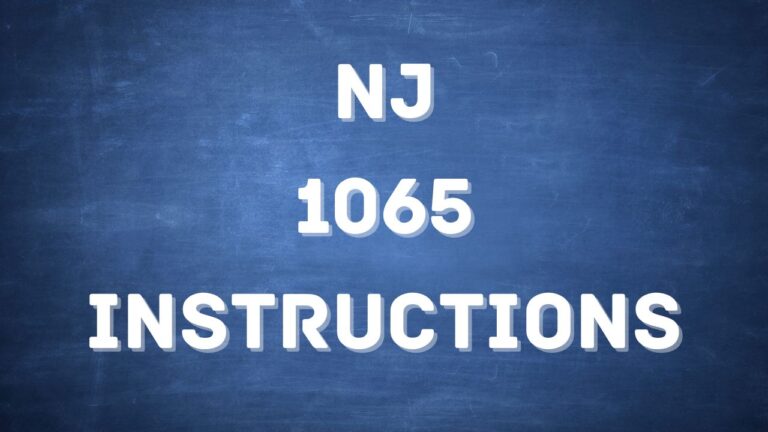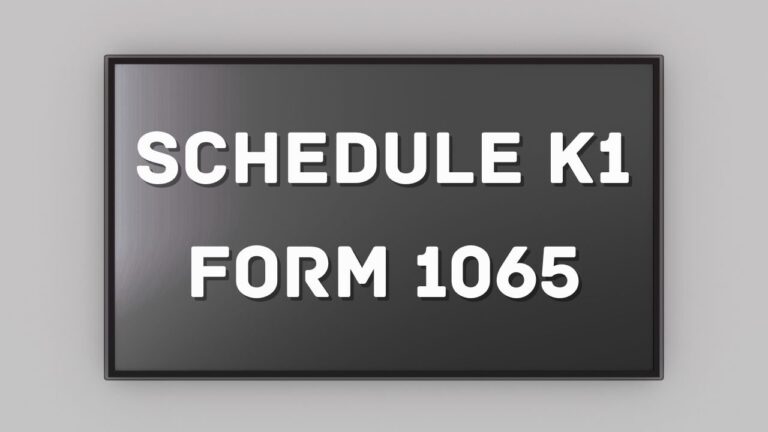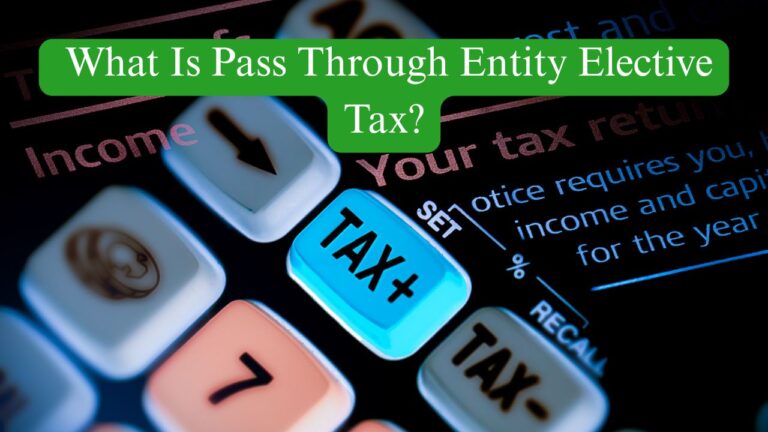New York Pass Through Entity Tax: Know At Ease In 2025
Table of Contents
A Complete Guide to New York Pass-Through Entity Tax for Business Owners

The New York Pass-Through Entity Tax (PTET) is an optional tax system created as part of the state’s strategy to address the federal cap on state and local tax (SALT) deductions. Enacted in 2021 under Article 24-A of the New York Tax Law, the PTET allows eligible pass-through businesses—such as partnerships, LLCs treated as partnerships, and S corporations—to pay state income taxes at the entity level, rather than having the Taxes are imposed on the entity itself, instead of being assessed only at the individual owner level.
By paying tax at the entity level, businesses can deduct the full amount of the PTET as a federal business expense, effectively bypassing the SALT deduction cap that limits individual owners’ ability to claim full state tax deductions on their federal returns. In return, the owners of these pass-through entities receive a refundable credit on their personal New York income tax return for their share of the tax paid by the entity, avoiding double taxation.
The PTET is optional and must be elected annually through the New York State Department of Taxation and Finance’s Online Services platform by March 15 of the taxable year. Once the election is made, it is irrevocable for that year, and the entity becomes responsible for making quarterly estimated payments and filing an annual PTET return.
The tax applies to income allocated to New York resident owners and, in the case of nonresidents, to income sourced to New York. The PTET uses a graduated rate structure, ranging from 6.85% to 10.90%, based on the amount of income subject to the tax.
Overall, New York’s PTET offers significant federal tax benefits while preserving state revenue and easing the tax burden for owners of pass-through entities—making it a strategic tool for tax planning in high-tax states.
Eligible Entities for PTET
The New York Pass Through Entity Tax (PTET) is available exclusively to business entities that are classified as pass-through entities for both federal and New York State tax purposes. Specifically, the PTET applies to partnerships, including limited liability companies (LLCs) treated as partnerships, and S corporations that have made valid S corporation elections at both the federal and New York State levels. These entities must be operating with at least one owner who is subject to New York State personal income tax.
Entities those are not qualified to make the PTET election incorporate C corporations, sole proprietorships, and publicly traded partnerships (PTPs). Eligibility also requires that the entity be actively conducting business and earning income allocable to New York State or its residents. PTET applies to all income allocated to New York residents, as well as New York-sourced income earned by nonresident members of partnerships and LLCs. For S corporations, the tax is imposed on New York-source income only, unless all shareholders are New York residents—then the entire income may be taxed.
It is important for entities to evaluate their structure, ownership composition, and income sourcing before making the election to ensure full eligibility and to maximize the tax benefits offered under New York’s PTET regime.
Election Process and Deadlines Of NY PTET
The election process for the New York Pass-Through Entity Tax (PTET) is a crucial step for eligible businesses seeking to benefit from entity-level tax deductions. To participate, an eligible partnership, LLC treated as a partnership or S corporation, must make an annual election through the New York State Department of Taxation and Finance’s (NYSDTF) Online Services portal. The election must be submitted between January 1 and March 15 of the calendar year for which the entity wishes to be taxed under the PTET regime. This deadline is strict, and no late elections are permitted under current rules.
Only an authorized person—such as a general partner, member, or corporate officer—can complete the election on behalf of the entity. Once the election is made, it is irrevocable for the tax year, meaning the entity must proceed with PTET filings and payments regardless of any subsequent changes in ownership or business circumstances.
Entities making the election must also comply with ongoing quarterly estimated payment obligations and file an annual PTET return (Form IT-653) by March 15 of the following year. The timely election not only ensures eligibility for the tax deduction at the federal level but also provides the framework for distributing refundable PTET credits to individual owners on their personal state tax returns.
Tax Rates and Income Thresholds For New York Pass Through Entity Tax
The New York Pass-Through Entity Tax (PTET) uses a progressive tax rate structure that aligns with New York’s individual income tax brackets, ensuring consistency in how income is taxed at both the entity and personal levels. The tax is imposed on the PTET taxable income, which includes income, gains, and other allocable items passed through to qualified owners, based on their New York residency and source of income. The rates are structured across four income thresholds to reflect the ability to pay.
For income up to $2 million, the PTET rate is 6.85%. For income up to $2 million, the PTET rate is 6.85%. Earnings ranges between $2 – $5 million is taxed at a rate of 9.65%. When income falls in between $5 – $25 million, the rate jumps to 10.30%, and any income exceeding $25 million is taxed at 10.90%. These tax brackets operate on a cumulative basis, with portions of income taxed at progressively higher rates, much like the structure of individual income taxation .
This tiered structure allows businesses of varying sizes to participate in the PTET while paying a fair share based on their earnings. The graduated rates also help ensure that the tax burden is distributed more equitably among small, mid-sized, and large pass-through entities, all while enabling the full federal deductibility of state-level taxes paid at the entity level.
Income Subject to NY PTET
The income subject to the New York Pass-Through Entity Tax (PTET) depends on the type of entity making the election and the residency status of its owners. For partnerships and LLCs treated as partnerships, PTET applies to the sum of all income, gains, losses, and deductions that are allocated to New York resident partners or members, regardless of where the income is sourced. Additionally, for nonresident owners, oFnly the portion of income that is sourced to New York is subject to the tax. This ensures that only income connected to New York State is taxed under PTET for nonresidents.
In the case of S corporations, the tax base is generally more limited. Only the New York-source income is subject to PTET, regardless of whether the shareholders are residents or nonresidents. However, if an S corporation is composed entirely of New York resident shareholders, the entire income of the entity is considered subject to PTET.
The taxable income used for PTET purposes is based on federal income amounts, as reported by the entity, and adjusted according to New York State sourcing rules. This includes ordinary business income, guaranteed payments to partners, and separately stated items like rental income or capital gains. Accurately determining which portions of income are subject to PTET is essential, as it directly impacts the amount of tax the entity must pay and the size of the refundable credits passed on to its owners.
Estimated Payments and Filing Requirements
Entities that elect to participate in the New York Pass-Through Entity Tax (PTET) are required to comply with specific estimated payment and filing requirements set by the New York State Department of Taxation and Finance (NYSDTF). Once the PTET election is made for a tax year, the entity must make quarterly estimated tax payments, similar to the obligations imposed on individuals and corporations. These payments must be made electronically through the NYSDTF’s Business Online Services portal and are typically due on March 15, June 15, September 15, and December 15 of the tax year.
At the end of the tax year, the electing entity is also required to file Form IT-653, which is the official Pass-Through Entity Tax return. This annual return is due by March 15 of the following year, with an option to request an automatic extension if additional time is needed. Along with the return, entities must also submit Form IT-653-PTE-C, which provides a detailed allocation of PTET credits to each individual owner.
These credits reflect each owner’s share of the PTET paid at the entity level and are used to claim a refundable tax credit on their personal New York State income tax return. Accurate reporting, timely filing, and proper allocation of credits are essential to ensure compliance and allow owners to fully benefit from the tax savings provided by the PTET structure.
Owner Credits and Federal Deductibility
Under the New York Pass-Through Entity Tax (PTET) regime, owners of electing entities are entitled to significant tax benefits through state tax credits and federal deductibility of taxes paid at the entity level. When a partnership, LLC, or S corporation elects to pay PTET, the owners—such as partners, members, or shareholders—do not lose out on the tax already paid on their behalf.
Instead, each owner receives a refundable credit on their individual New York State income tax return (Form IT-201), reflecting their pro rata share of the PTET paid by the entity. This ensures that income is not taxed twice—once at the entity level and again at the individual level—and allows owners to either reduce their state tax liability or claim a refund if their credit exceeds the amount owed.
In addition to the state credit, one of the primary benefits of the PTET is its federal tax deductibility. Since the PTET is imposed at the entity level, the Internal Revenue Service (IRS), under Notice 2020-75, allows this tax to be treated as a deductible business expense on the entity’s federal income tax return.
This deduction reduces the total amount of income passed through to the owners, thereby lowering their federal taxable income. Unlike the $10,000 cap on the federal deduction for state and local taxes (SALT) paid at the individual level, there is no such cap on business-level deductions, making the PTET a valuable tool for maximizing federal tax savings. This dual benefit—state tax credit and full federal deduction—makes the PTET a powerful strategy for tax planning among pass-through business owners in New York.
Example Of PTET For New York In Practice
ABC Consulting LLC, a New York-based partnership, has three equal partners: two are New York residents, and one is a nonresident. In tax year 2024, the LLC earns $900,000 in net taxable income. Of that, $600,000 is allocable to the New York resident partners, and $150,000 of the nonresident partner’s share is considered New York-source income under state sourcing rules.
This means that a total of $750,000 of ABC Consulting’s income is subject to PTET.
The LLC elects into the PTET by the March 15 deadline and is now responsible for paying tax on the $750,000 subject to New York’s PTET rates. Based on the 2024 rate structure:
- The first $2 millions of income is taxed at 6.85%, so the entire $750,000 is taxed at this rate.
- Total PTET liability: $750,000 × 6.85% = $51,375.
Throughout the year, ABC Consulting makes quarterly estimated PTET payments to New York State totaling $51,375. At year-end, the LLC files Form IT-653 and allocates the PTET paid among the partners based on their share of taxable income.
- Each resident partner gets a PTET credit of $25,687.50 (one-third of the total PTET).
- The nonresident partner receives a credit of $7,687.50 (based on $150,000 × 6.85%).
These credits are then claimed by each partner on their New York personal income tax returns, reducing the amount of state tax they owe individually or resulting in a refund.
Additionally, because ABC Consulting paid $51,375 in PTET at the entity level, this amount is fully deductible as a business expense on its federal partnership tax return (Form 1065), effectively reducing the net federal income passed through to the partners. This deduction helps lower each partner’s federal taxable income, delivering valuable savings while maintaining state tax neutrality.
Key Benefits and Strategic Use Of NY PTET
The New York Pass-Through Entity Tax (PTET) offers several key benefits that make it an attractive strategy for eligible businesses and their owners, especially from a tax planning perspective. One of the most significant advantages is its ability to bypass the federal $10,000 cap on state and local tax (SALT) deductions imposed by the Tax Cuts and Jobs Act (TCJA). By transferring the tax burden from individual to the entity level, PTET permits the entity to deduct the complete amount of state taxes paid as a federal business expense, which can result in substantial reductions in federal taxable income.
Another major benefit is the refundable tax credit that owners receive on their New York State personal income tax returns. This credit offsets the PTET paid on their behalf, ensuring that there is no double taxation. In many cases, this can lead to either a lower state tax liability or a state tax refund, improving overall cash flow.
From a strategic standpoint, electing PTET can be especially valuable for high-income owners of pass-through businesses who face limitations on itemized deductions. It also offers flexibility for entities to opt in annually, allowing businesses to reassess their tax position each year and decide whether the election is beneficial based on ownership structure, income levels, and residency status of the owners.
In summary, the PTET serves as a tax-efficient tool that reduces federal taxes while maintaining state tax neutrality, making it a smart and adaptable choice for many New York-based pass-through entities.
Considerations Before Electing NY PTET
Before electing the New York Pass-Through Entity Tax (PTET), business owners must carefully evaluate several important considerations to determine whether the election aligns with their overall tax strategy. One of the primary factors is the composition of the ownership group, particularly the residency status of partners or shareholders. However, for S corporations, only New York-source income is taxable under PTET, regardless of shareholder residency. This distinction can impact how much of the entity’s income is actually subject to the tax and how much benefit can be derived.
Another key consideration is the administrative commitment involved. Once the PTET election is made, it is irrevocable for the tax year, and the entity must comply with quarterly estimated tax payments, timely annual filings, and accurate credit allocations to owners. This requires effective recordkeeping and tax reporting, especially when distributing PTET credits through Schedule K-1s or similar forms.
Additionally, owners should consider their individual tax positions. While the PTET provides a federal deduction and a state credit, it may not always result in a net benefit, especially if owners do not have sufficient state tax liability to absorb the credit. In certain cases, it might lead to overpayments or delayed refunds.
Lastly, entities should be aware of cash flow implications, as the business must pay the tax upfront on behalf of the owners. For some companies, especially smaller or seasonal businesses, this can create a strain on working capital.
In summary, while the PTET offers meaningful tax advantages, entities should conduct a thorough cost-benefit analysis, possibly with the help of a tax advisor, before making the election.
Filing Deadline & Penalty For New York Pass Through Entity Tax
The deadline to file the New York Pass-Through Entity Tax (PTET) return is March 15 of the calendar year following the close of the applicable tax year in which the election was made. The deadline applies to file PTET annual return Form IT-653. For an Instance, For 2024 tax year, the PTET return should be filed by March 15, 2025. If the entity requires additional time, it may request a six-month extension using Form IT-370-PTE, provided it has paid at least 90% of the total tax liability by the original deadline to avoid penalties.
Failure to file the PTET return on time or to make the required estimated tax payments may result in interest and penalties A late payment penalty typically accrues at 0.5% of the outstanding tax each month, with a cap of 25%. If the return is submitted after the due date, a separate penalty of 5% per month may apply, also up to a 25% maximum. Interest is also charged on any unpaid balance, calculated from the original due date until full payment is made.
To avoid these penalties, electing entities must ensure timely and accurate filings, make estimated payments on the required quarterly schedule, and comply with all reporting obligations. Staying compliant not only avoids financial consequences but also ensures that owners receive the full benefit of their PTET credits on their personal state income tax returns.
Frequently Asked Questions (FAQs)
1. Who can elect the New York PTET?
Partnerships, LLCs treated as partnerships, and S corporations with at least one individual owner subject to New York State tax are eligible to elect PTET.
2. When is the PTET election deadline?
By March 15 the annual election must be filed online in the tax year.
3. What do owners receive for PTET paid?
Individual Owners gets a refundable credit on their New York personal income tax return for their share of PTET paid by the entity.
4. Are estimated PTET payments required?
Yes, electing entities must make quarterly estimated payments to avoid penalties and interest.
